Top Class Actions’s website and social media posts use affiliate links. If you make a purchase using such links, we may receive a commission, but it will not result in any additional charges to you. Please review our Affiliate Link Disclosure for more information.
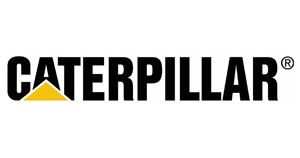
On Tuesday, Colorado company K Double D Inc. sued Caterpillar, alleging that it purchased a 2007 Caterpillar engine, the MY2007 CAT, that was defective and cost them many thousands of dollars to repair and use the engine for their business.
A Minnesota company filed a similar MY2007 CAT engine class action lawsuit in May.
The June 24 Caterpillar class action lawsuit claims that from 2007 until 2010 Caterpillar designed the MY2007 CAT diesel engine to meet emissions standards issued by the Environmental Protection Agency (EPA) in 2007. According to the complaint the EPA standards “regulated both diesel vehicle/engine emissions standards and diesel fuel standards simultaneously, as a single system” and “sets not-to-exceed standards for Oxides of Nitrogen (‘NOx’); Non-Methane Hydrocarbons (‘NMHC’); Non-Methane Hydrocarbon Equivalent; Carbon Monoxide; and Particulate (‘PM).”
To meet EPA standards, Caterpillar allegedly “made the business decision to investigate, design, manufacture, and sell for profit heavy-duty diesel engines that complied with all of the requirements of the 2007 EPA Emission Standard,” the class action lawsuit says. To that end, Caterpillar developed an exhaust emission control system called the Caterpillar Regeneration System (“CRS”), however, “[c]ontrary to the express expectation of the EPA Final Report for the use of DPF with precious metal catalysts, Caterpillar’s CRS employs an un-catalyzed (without precious metal catalysts), or insufficiently catalyzed, Diesel Particulate Filter (‘DPF’) which can only regenerate a small amount of soot trapped by the DFP, periodically requiring active regeneration to increase exhaust temperatures needed to burn off of the filter.”
The Caterpillar engine class action lawusit claims that “MY2007 Engines are defective in that the CRS repeatedly and frequently experience warning, Derate, and shutdown commands issued by the ECM as a result of fault detection in the CRS, which cause the vehicles to require immediate authorized exhaust emission control diagnoses, and remediation during which time the vehicles are not capable for the transportation of good and/or passengers.”
Further “[i]n performing emission system warranty repairs, [Caterpillar] acknowledges that the CRS failures detected are defects in material and workmanship in the MY2007 CAT Engines because the emissions warranty repairs are performed” the complaint alleges, “[h]owever, the MY2007 Engines repeatedly experience CRS failures that are not corrected by the emission warranty work performed.”
The plaintiffs claim “[t]hese repeated and frequent CRS failures cause the vehicles to be unreliable for the transportation of good and/or passengers and which, in spite of numerous attempts, the CRS failures have not and cannot be corrected,” and “[t]he numerous and frequent CRS faults cause warning, Derate, and shutdown that necessitate costly and time consuming emissions warranty repairs rendering them unreliable and unsafe for the transportation of good and/or passengers because the MY2007 CAT Engines do not and cannot effectively and reliably remove exhaust emission pollutants as required by the EPA 2007 Emissions Standards on a consistent and reliable basis.”
The Caterpillar class action lawsuit is brought on behalf of a proposed Class of all vehicle owners and lessees who purchased or leased a vehicle with a 2007, 2008, 2009 or 2010 Caterpillar C-13 or C-15 heavy duty on-highway diesel engine (the “MY2007 CAT Engine”).
The plaintiffs claim that Caterpillar’s alleged design defects resulted in breach of express and implied warranty, negligence, unfair and deceptive acts and more.
The lead plaintiff, K Double D, Inc., is represented by Richard J. Burke and Jamie E. Weiss of Complex Litigation Group LLC and Jonathan Shub of Seeger Weiss LLP and Mitchell Baker.
The Caterpillar Engine Defect Class Action Lawsuit is K Double D Inc. v. Caterpillar Inc., Case No. 1:14-cv-01760, in the U.S. District Court for the District of Colorado.
UPDATE: The Caterpillar Engine Defect Class Action Settlement is now open! Click here to file a Claim Form!
UPDATE 2: On April 17, 2018, due to an administrative error, Class Members are receiving lower awards than expected in a Caterpillar class action lawsuit settlement.
ATTORNEY ADVERTISING
Top Class Actions is a Proud Member of the American Bar Association
LEGAL INFORMATION IS NOT LEGAL ADVICE
Top Class Actions Legal Statement
©2008 – 2024 Top Class Actions® LLC
Various Trademarks held by their respective owners
This website is not intended for viewing or usage by European Union citizens.






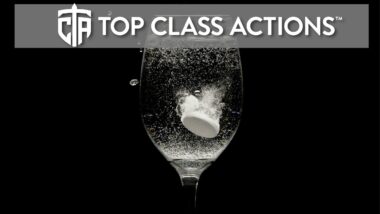
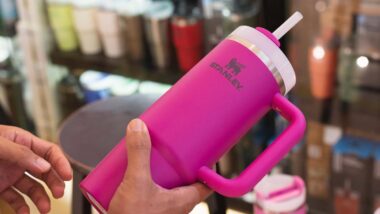

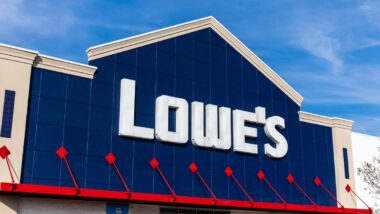

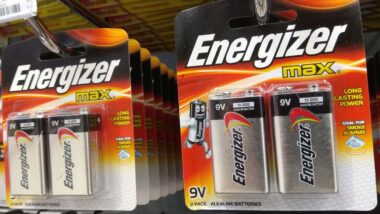



One thought on Caterpillar Hit with Second CAT Engine Class Action Lawsuit
UPDATE: The Caterpillar Engine Defect Class Action Settlement is now open! Click here to file a Claim Form!